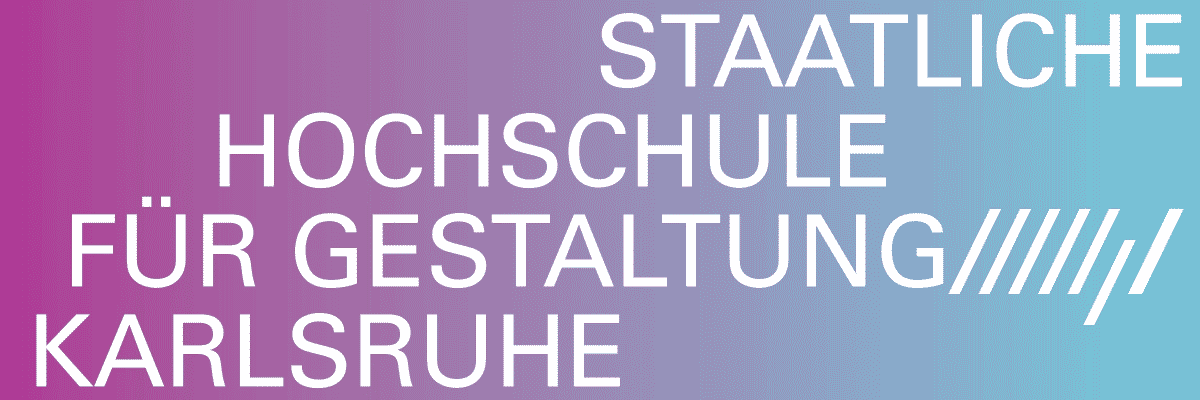
Clemens Behr
Haunted Horizons
Project Info
- 💙 POSTA SPACE & PUNTA GALLERY & Goethe-Institut Bulgarien
- 💚 Vikenti Komitski
- 🖤 Clemens Behr
- 💜 Vikenti Komitski
- 💛 Clemens Behr
Share on

Advertisement

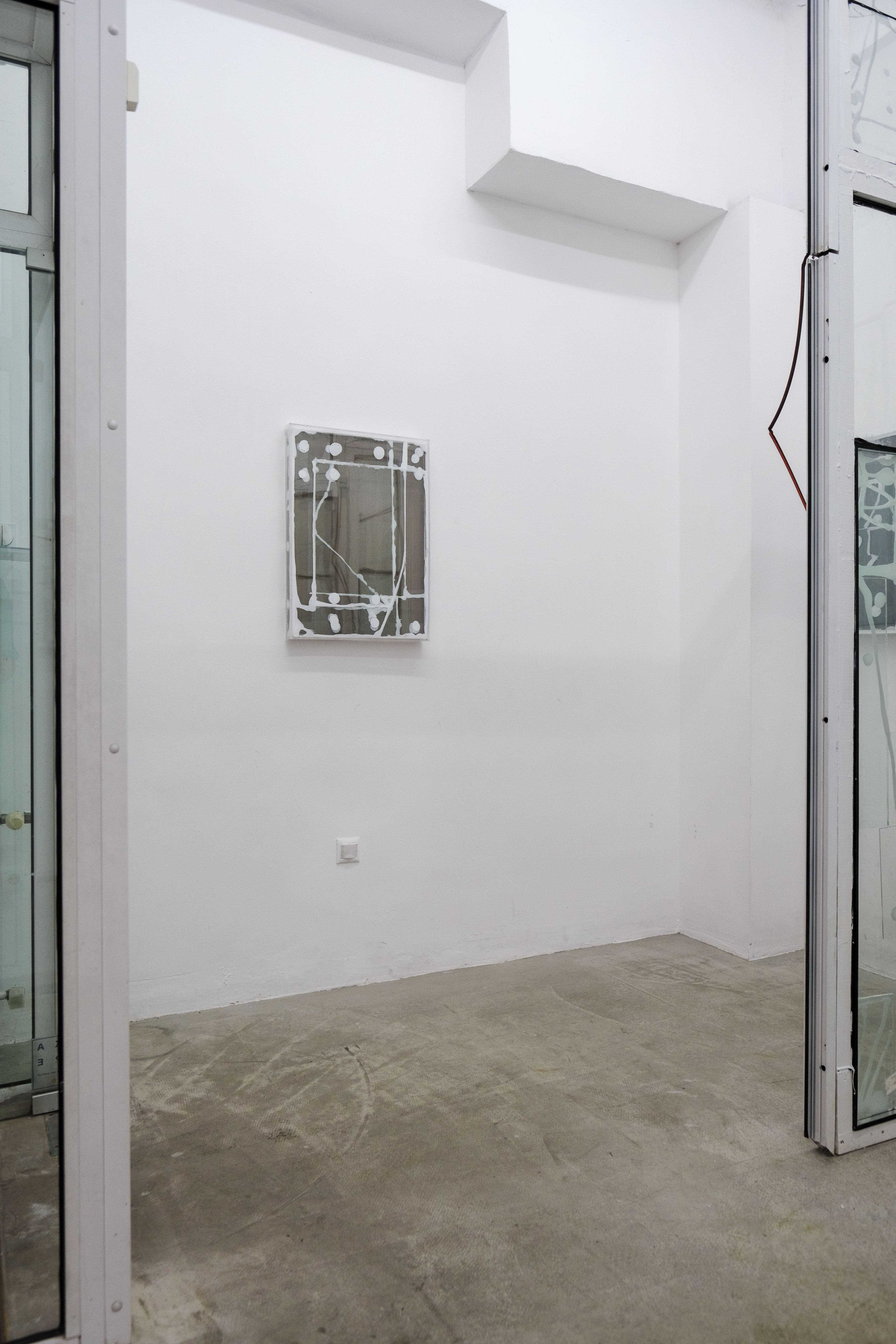
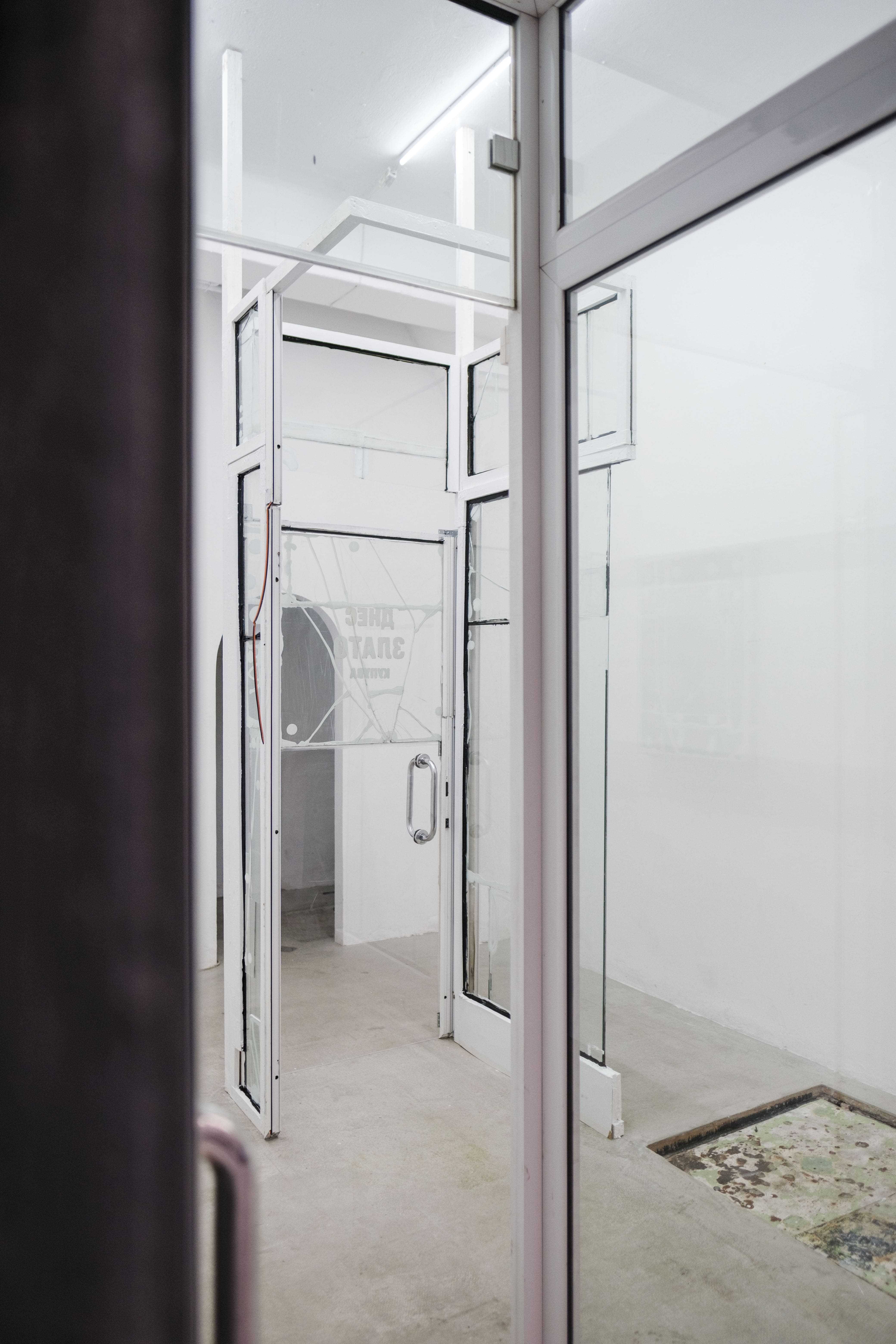
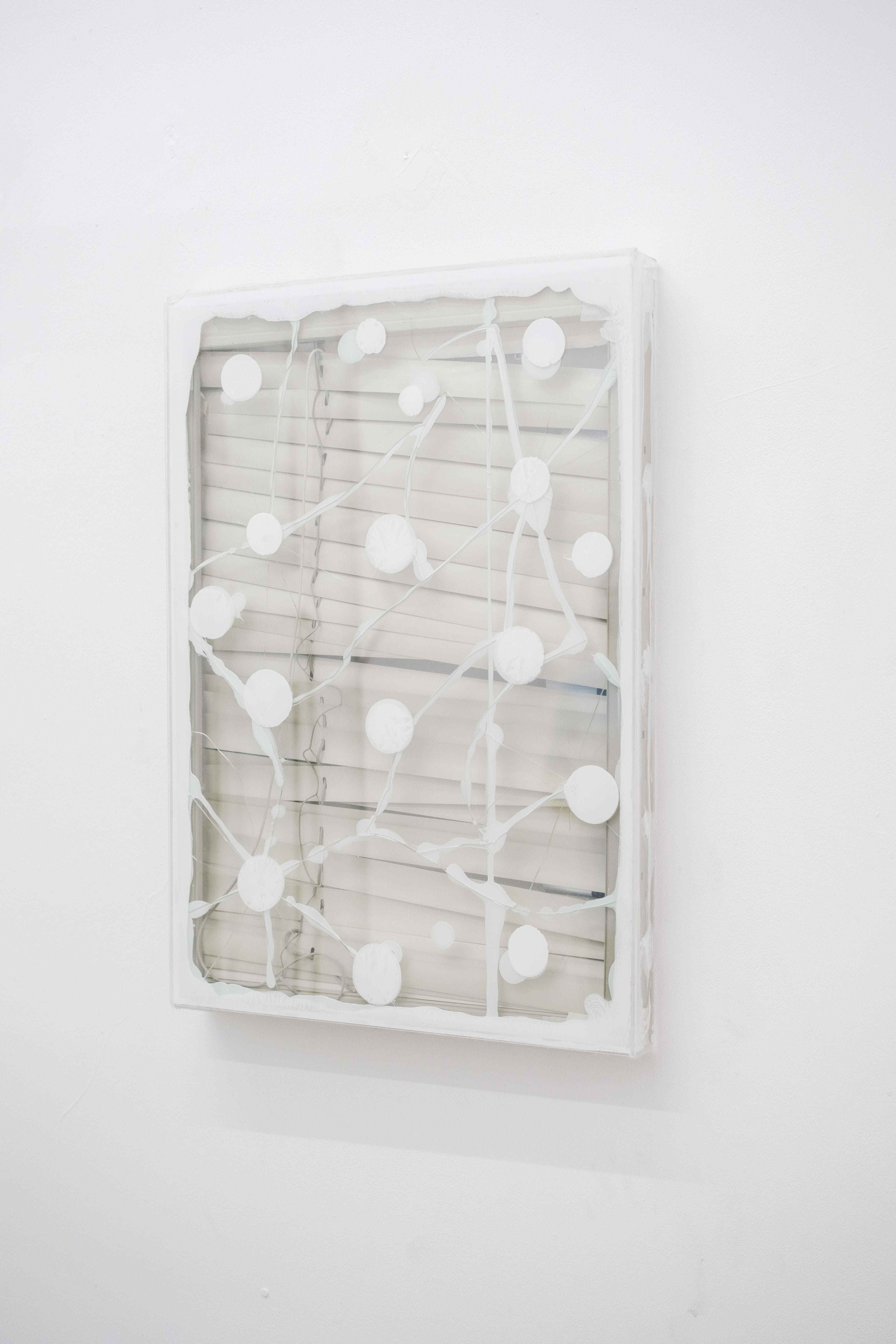
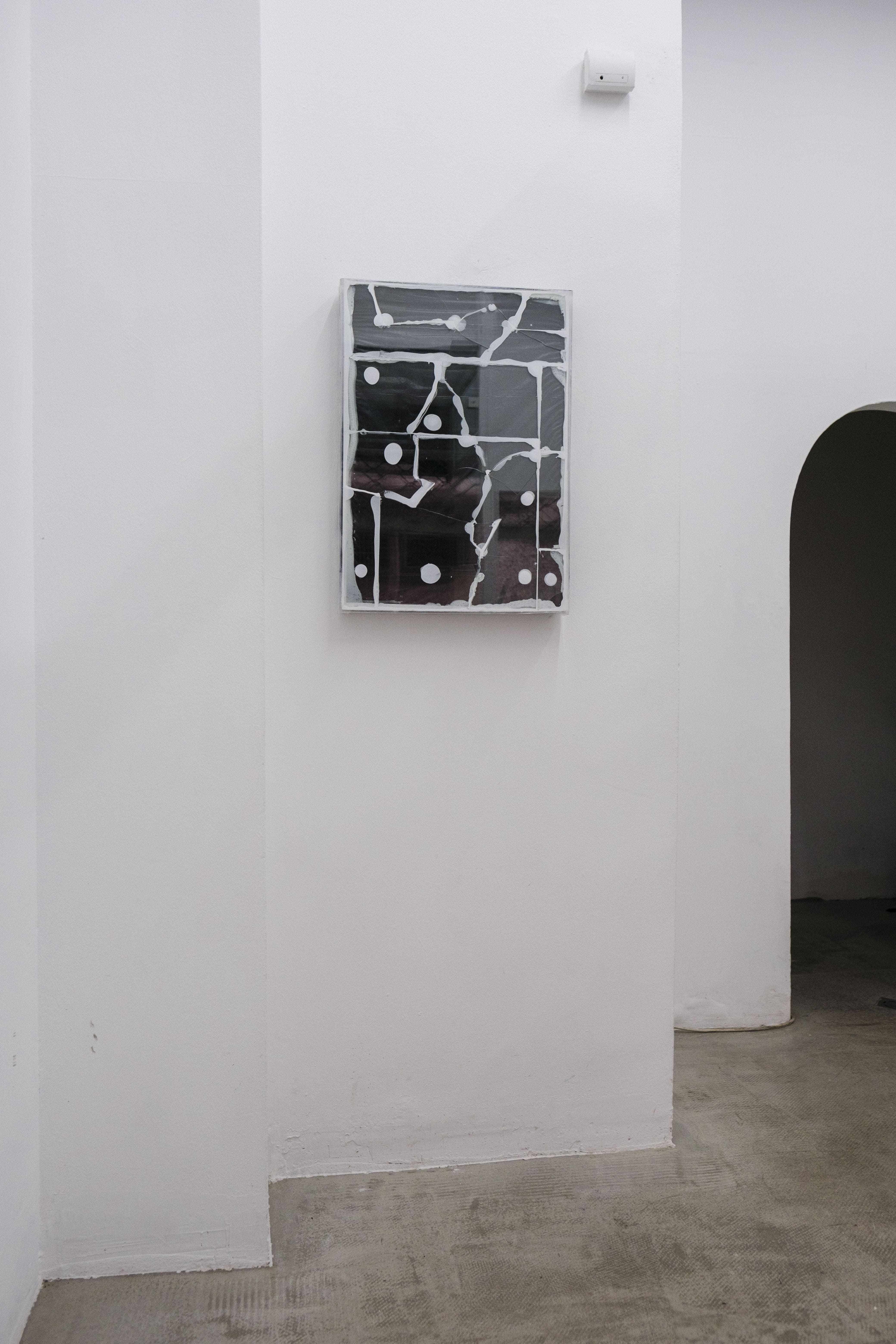
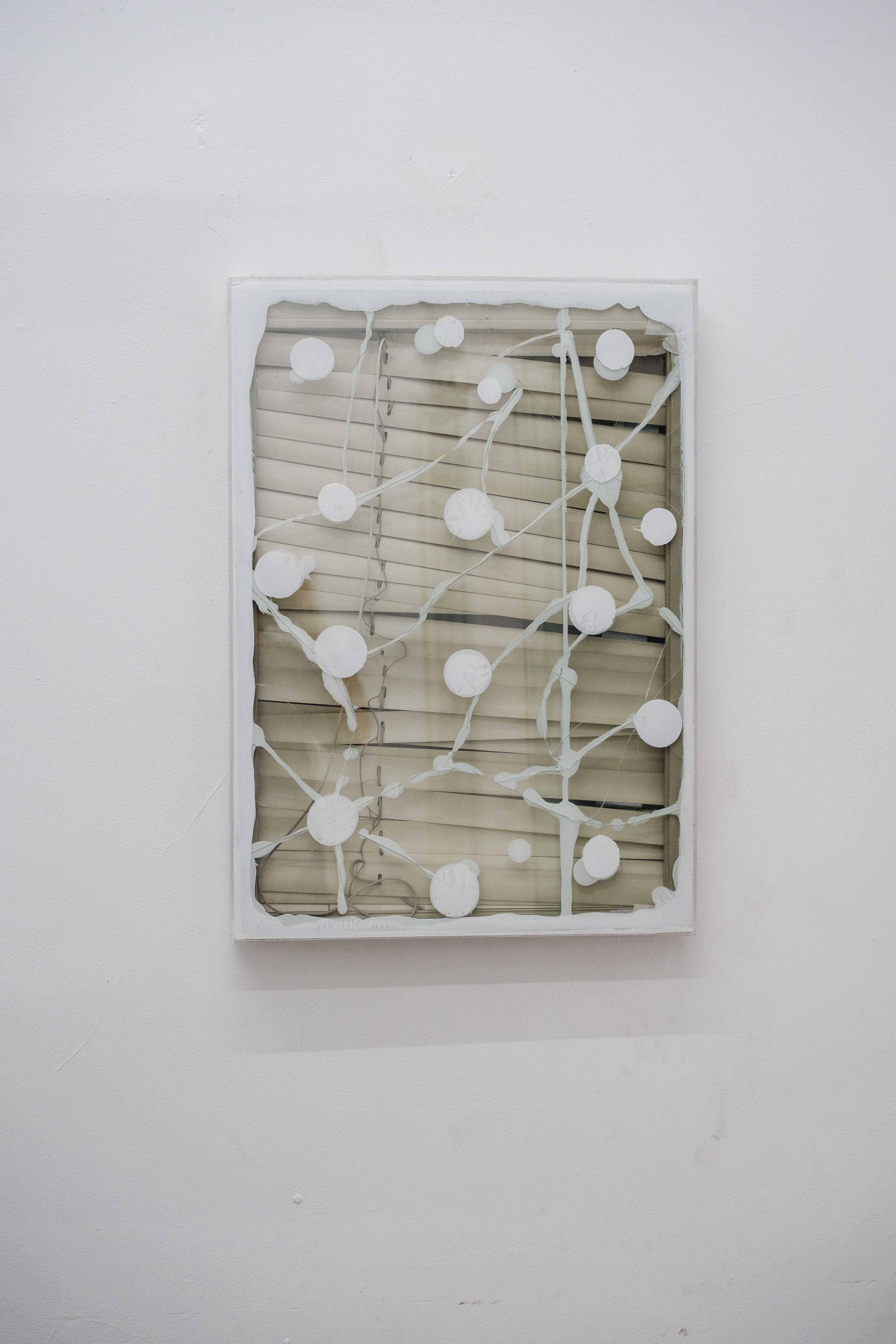
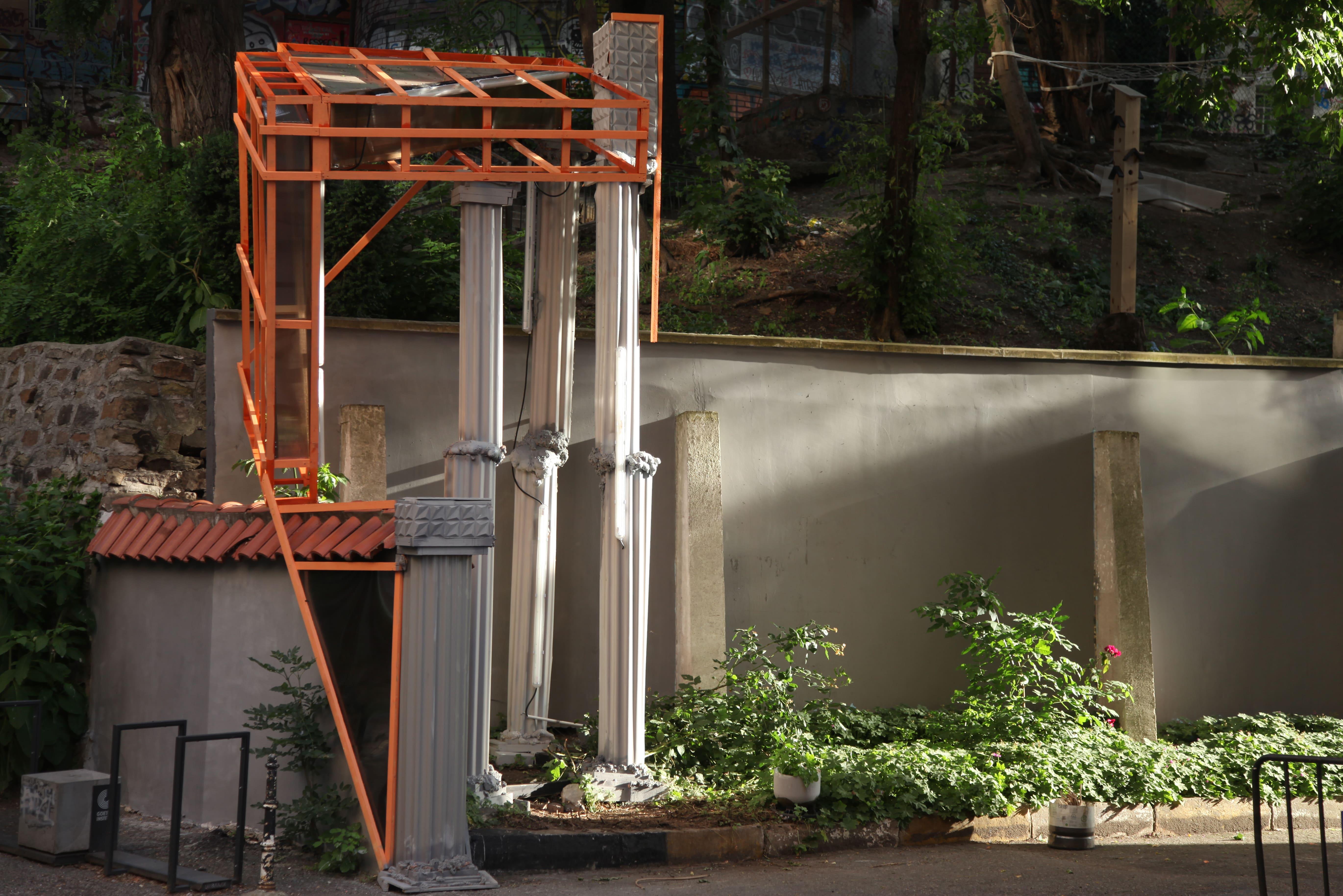


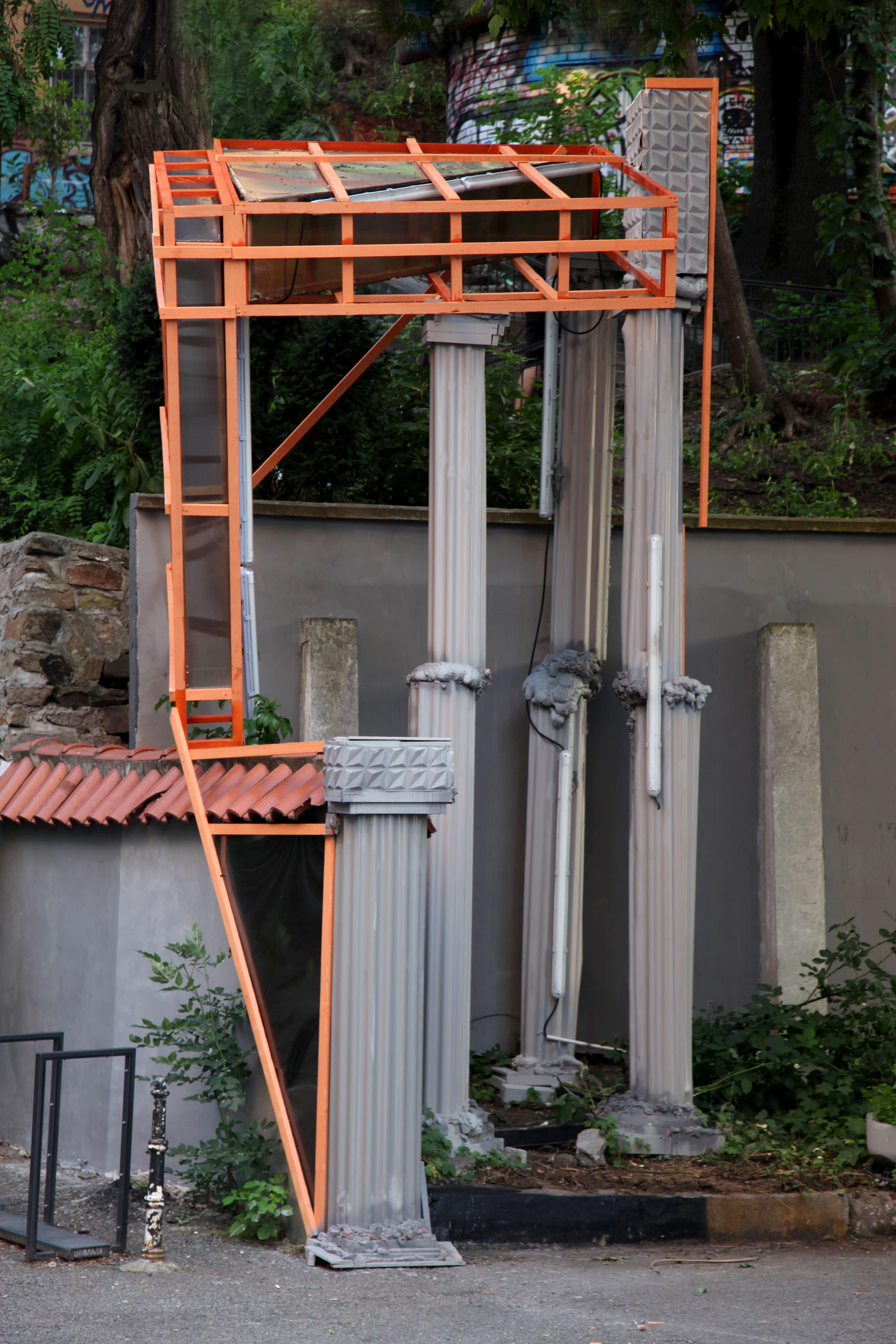
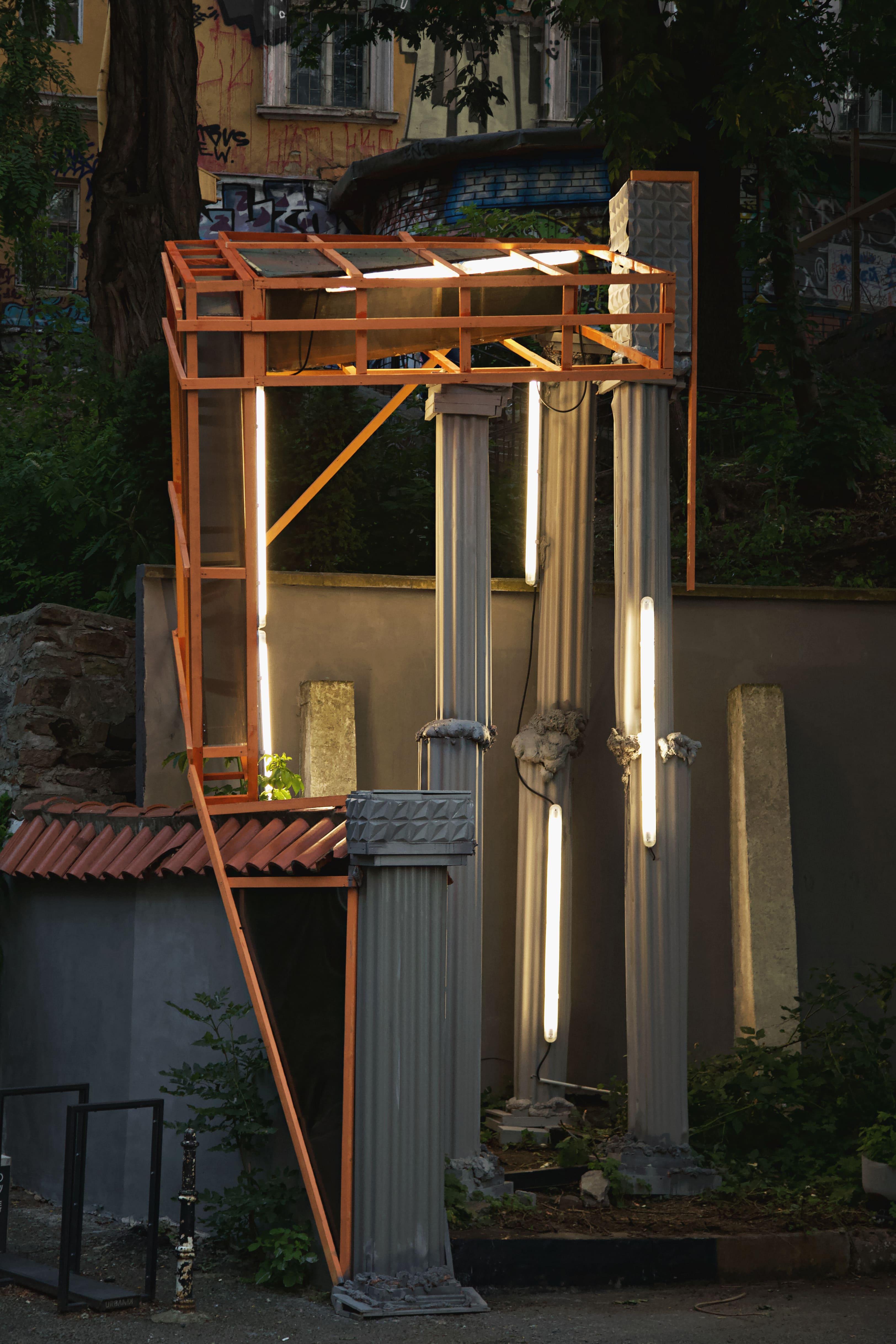
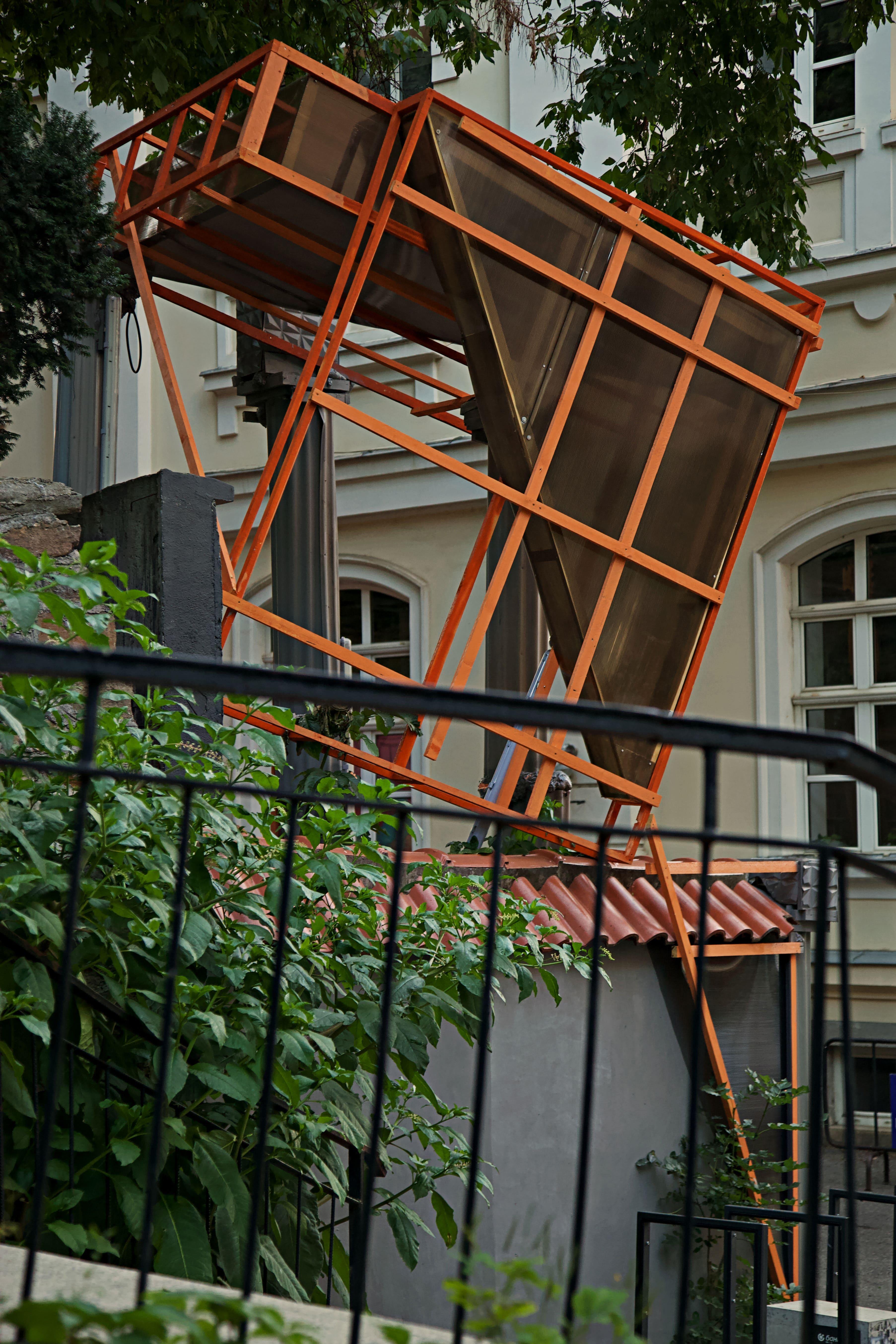


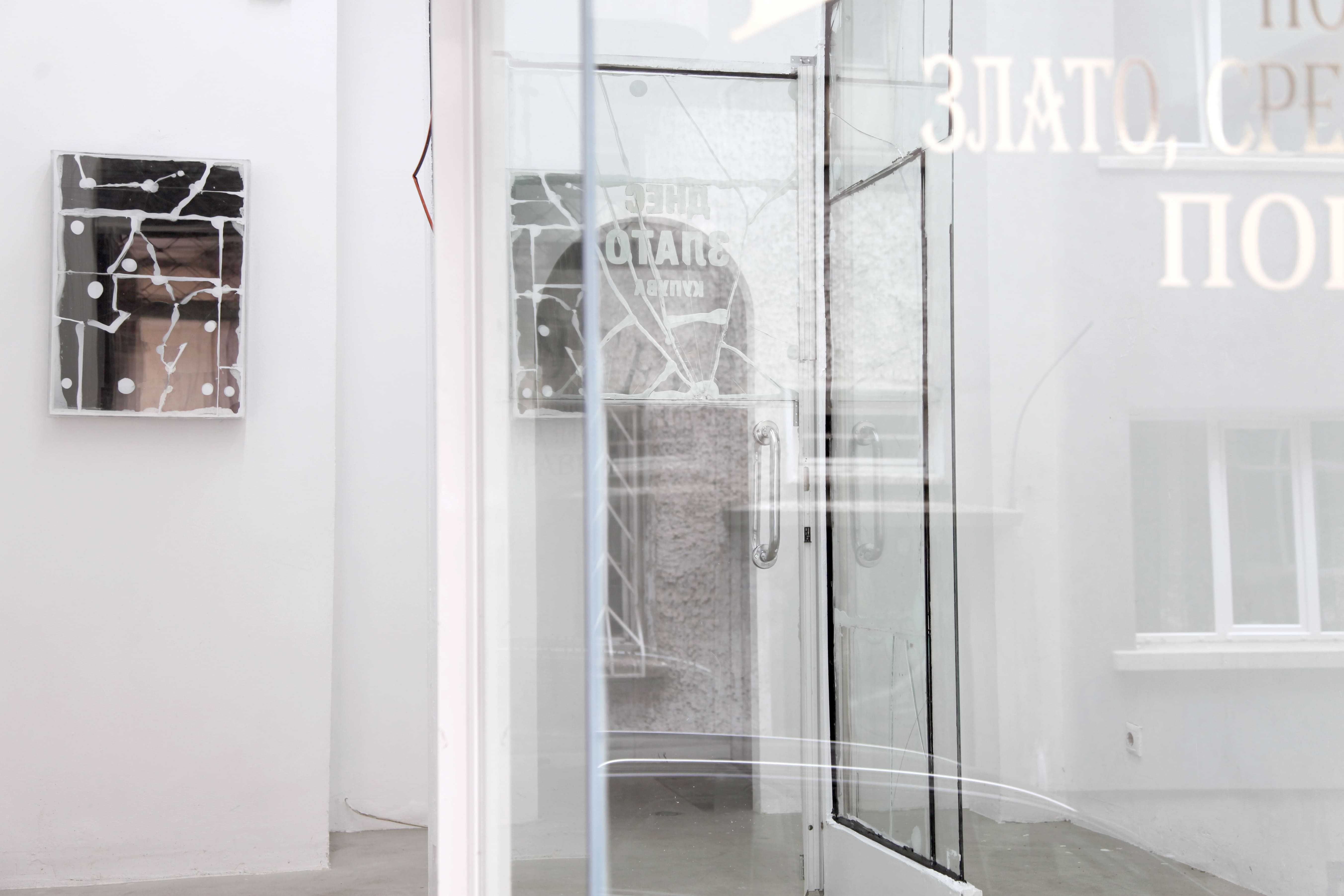

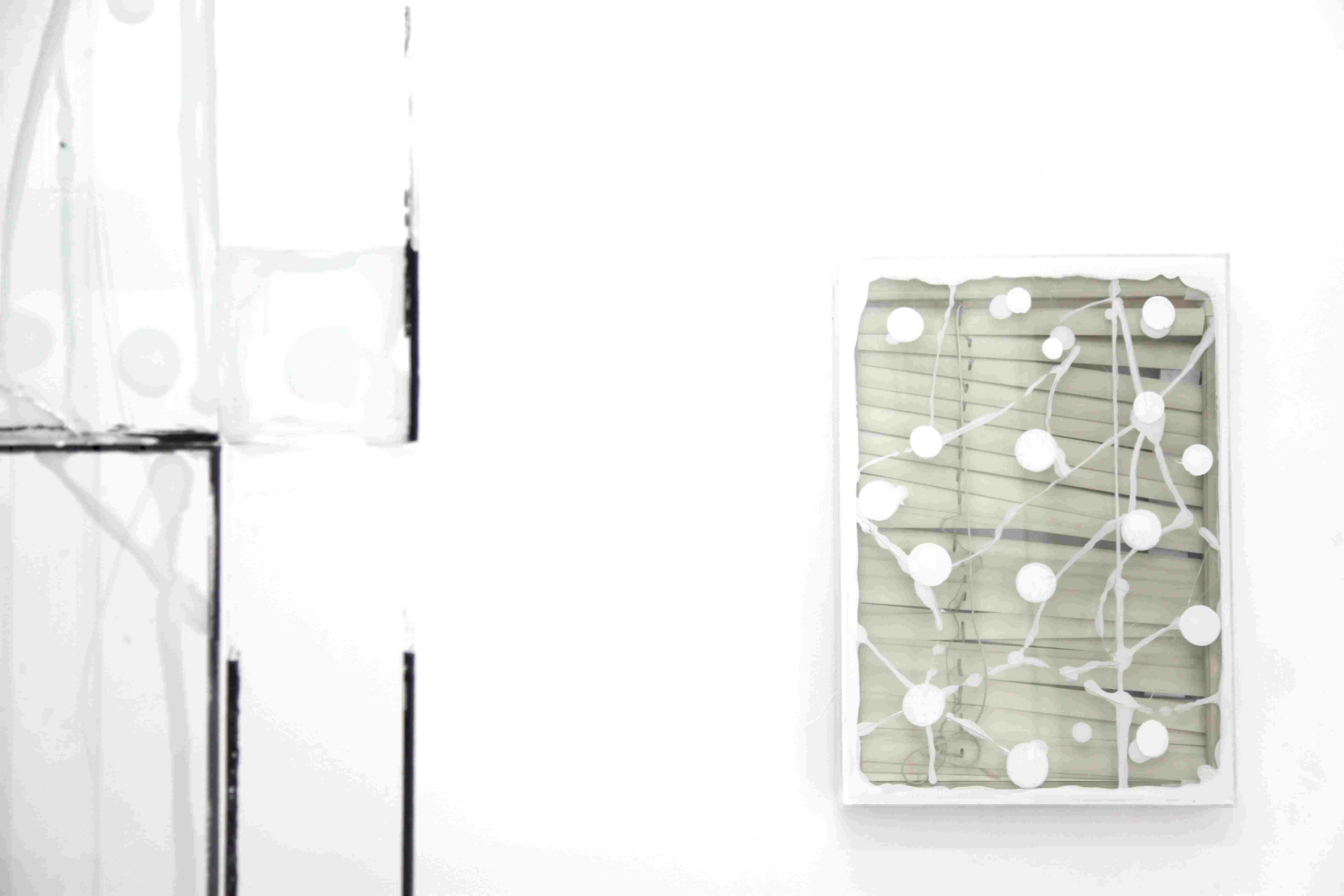


Тhe exhibition “Haunted Horizons” by the Berlin-based artist Clemens Behr takes place simultaneously in the spaces of Punta and Posta galleries and the courtyard of Goethe-Institute in Sofia, and engages with the idea of ruins. On his first visit to Sofia, the artist got intrigued by the story of the Arena di Serdica Hotel (opposite the Goethe Institute), a six-story, modern building raised on top of the remains of an ancient Roman amphitheater from the 3rd century, discovered during the construction work. Despite protests from the local community of archaeologists and historians, insisting that the municipality should preserve the ruins, the hotel was still built with the condition that some of the remains will be kept visible as part of the architecture.
Beginning with this story, Behr built a six-meter high sculpture near Goethe-Institute out of wood and various construction materials, whose proximity and visual language directly refers, almost duplicates, the aesthetics of the hotel that stands on top of ruins. The structure, raised on columns not of stone but out of ribbed PVC material, often used for roofs on temporary buildings, appears as a quote, a retelling of the story of the ancient Serdica arena and the hotel, at once pseudo-antique in the essence of its elements and postmodern in the feeling of deconstruction it gives. When speaking of his artistic choice, Clemens Behr refers to a famous practice from the 18th century, when fake ruins resembling the remains of ancient buildings were built in the landscape parks of Western Europe. The fashion was sparked by the discovery of Herculaneum and Pompeii, after which many excavations and studies of ancient sites began in Europe. Such locations awakened interest in antiquity and with it a fetishization of everything from that era as part of a romanticized idea of the past. A famous example is the Ruinenberg near San Soussi in Potsdam, built in 1748 by Frederick the Great as a water reservoir, decorated with artificial ruins reminiscent of a Roman theater. Ironically, some of the ruins were damaged during bombing raids in World War II.
Ironically, the hotel, built on the ruins of the Serdica Arena, has been closed for several years. Through the vitrines facing Budapesta Street, one could see the Roman remains in the interior of an abandoned and haunted lobby. Behr's installation near by looks like part of the amphitheater and the hotel at once, a strange element in which antiquity and the context of contemporary Sofia are intertwined after a head-on collision.
The theme of destruction and reconstruction continues in the works displayed at Punta and Posta. The series of objects - boxes made of glass and acrylic - imitate the language of an urban environment: broken windows covered with different materials, repaired shop vitrines and temporary solutions. Cracks in the glass, sealed with silicone, create beautiful abstract drawings that also hold the separate pieces together. In Situ work in this technique occupies the vitrine of Posta. The large glass, an invisible divider of outside and inside, private and public, becomes visible and interesting when broken and repaired. A large-scale sculpture in Punta structurally duplicates the architectural elements of the space. The environment appears twice: once as itself and once as a reconstruction - door, corner, frame, windows – almost similar but different, like a doppelganger from another dimension.
The use of restoration as an artistic technique is the key feature of these works. Like the fake ruins of Ruinenberg, these objects were originally made in an aesthetic of decay. What protects them from falling apart is also what forms them. They speak of a moment when coping becomes equal to creating. What defines our age seems to be a constant attempt to prevent a total catastrophe or living in a mode of damage controlling the consequences of such. What we choose to preserve is what we choose to remember, but lost in interpretations, the narrative of history, like a copy of a copy with a lost original, became equal to fiction. The future appears in a horizon haunted by an endless repetition of the past.
The project is supported by the Goethe-Institut Bulgaria and the Ministry of Culture.
Vikenti Komitski
